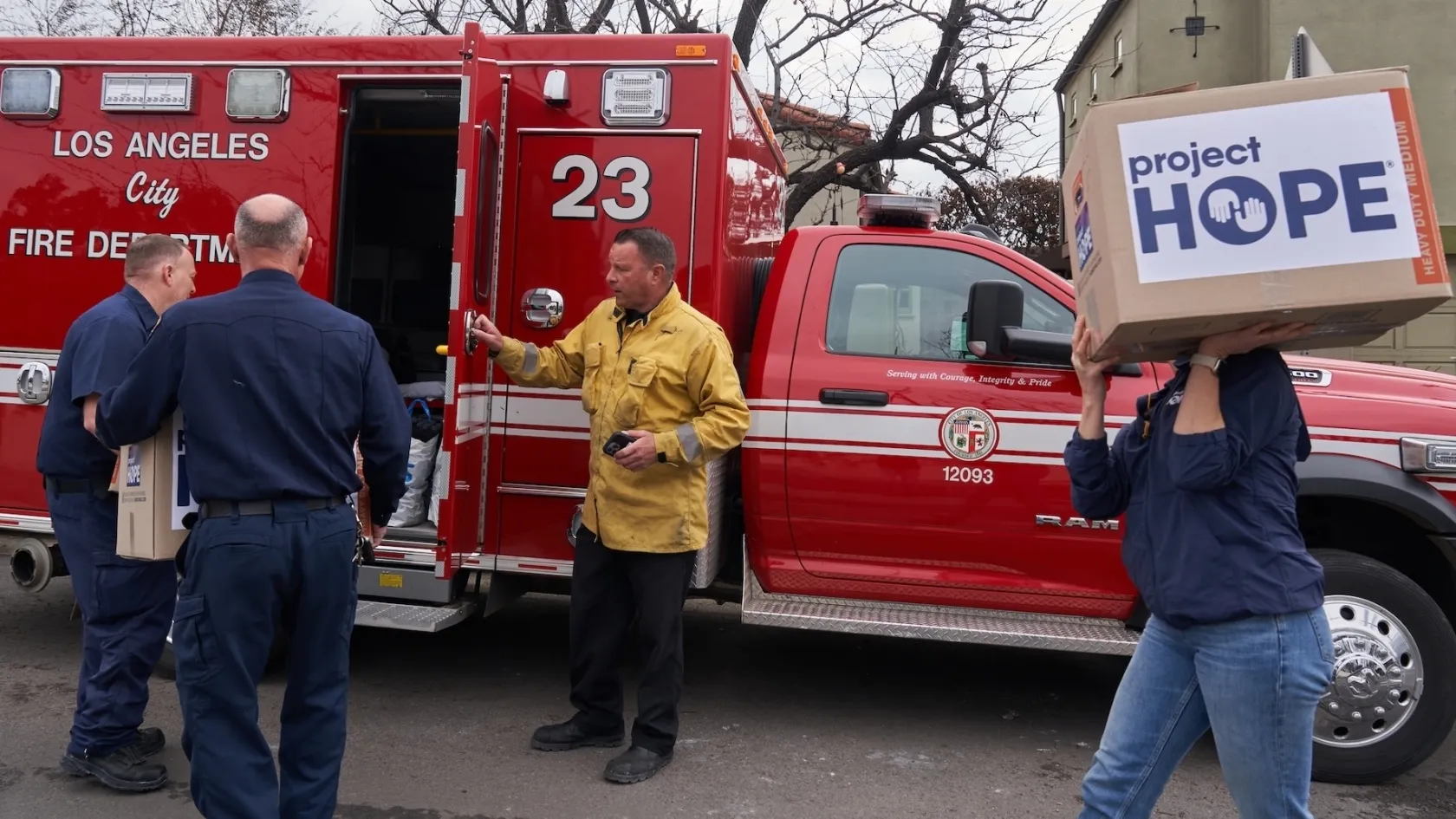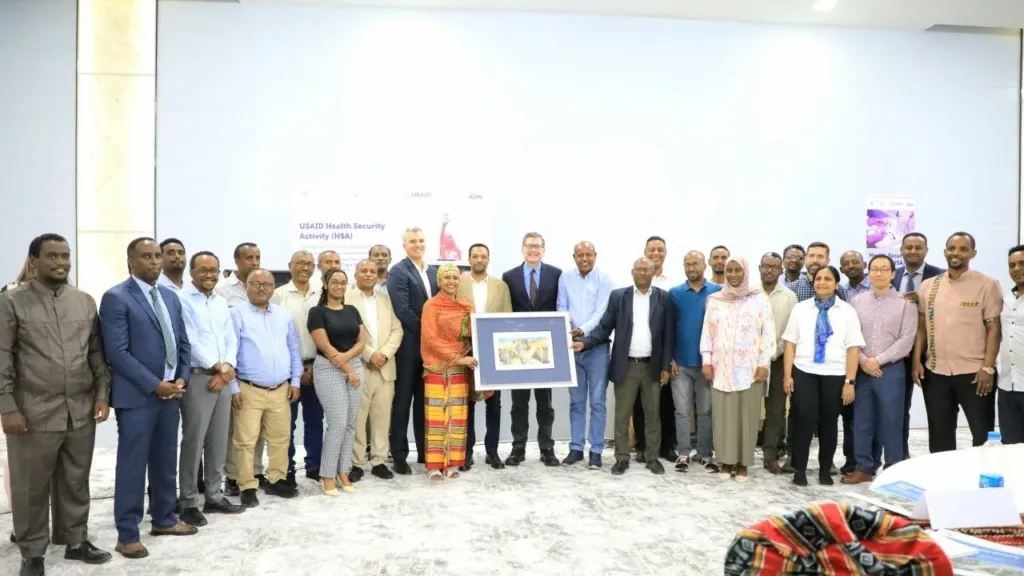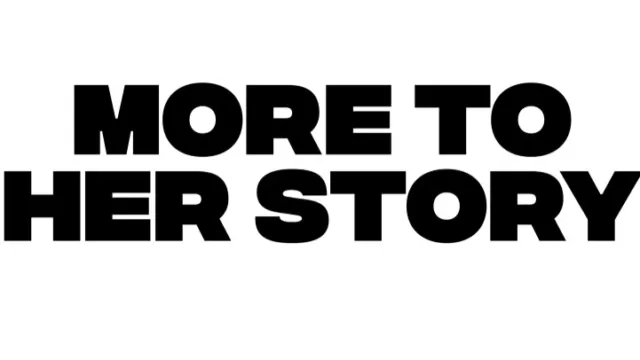What Are the Sustainable Development Goals?
In 2015, the United Nations set 17 goals that were supposed to transform global health by 2030. But the world is failing to deliver on them.
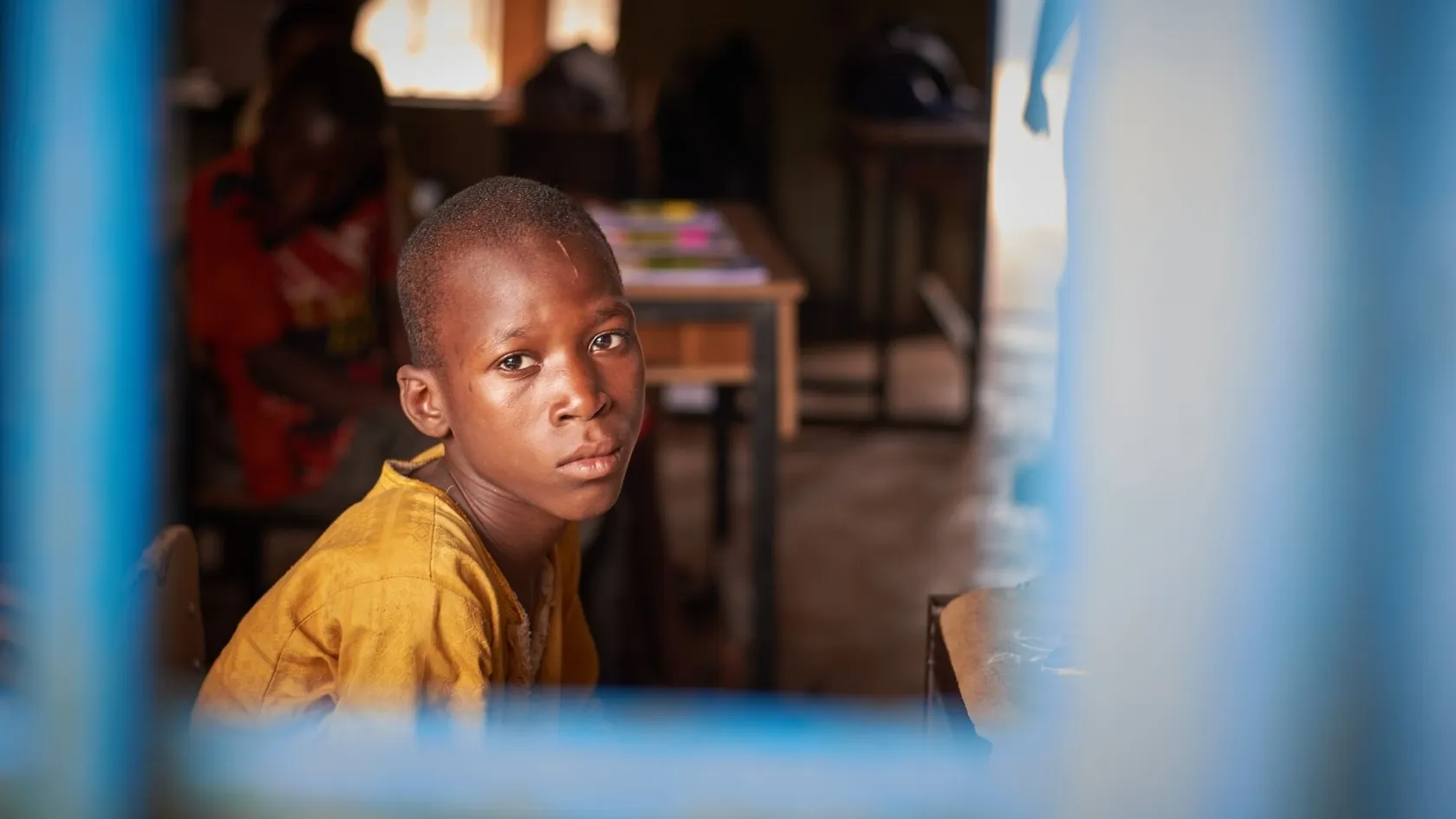
There is a blueprint for a better world. A shared plan of action to spur positive change — 17 goals that lay the foundation for a more peaceful, prosperous, and sustainable global community.
They are the Sustainable Development Goals (SDGs), adopted in 2015 as part of the United Nations’ 2030 Agenda for Sustainable Development. The goals, which include 169 specific targets, were built upon the Millennium Development Goals, which expired in 2015.
Each goal is an urgent call to action to tackle global challenges across five categories — people, planet, prosperity, peace, and partnership — with specific targets for 2030.
But is enough progress being made to achieve them? No. Now nearly a decade after they were set, and with only six more years to go, only 17% of the global goals are on track. According to the latest annual SDG report, we are only making minimal or moderate progress against almost half of the targets, while over one-third are either stalled or regressing. The ongoing impacts of the COVID-19 pandemic, conflict, climate change, and a lack of investment are the main reasons for the alarming lack of progress.
“In a world of unprecedented wealth, knowledge and technologies, the denial of basic needs for so many is outrageous and inexcusable. We must not let up on our promise to end poverty and protect the planet.” – UN Secretary-General António Guterres
At Project HOPE, we are calling for accelerated action to overcome these obstacles and help turn the SDG promises into realities.
Here are the latest assessments on where we stand on five SDGs that could transform global health — and what actions need to be taken.
Sustainable Development Goal 1
End poverty in all its forms everywhere
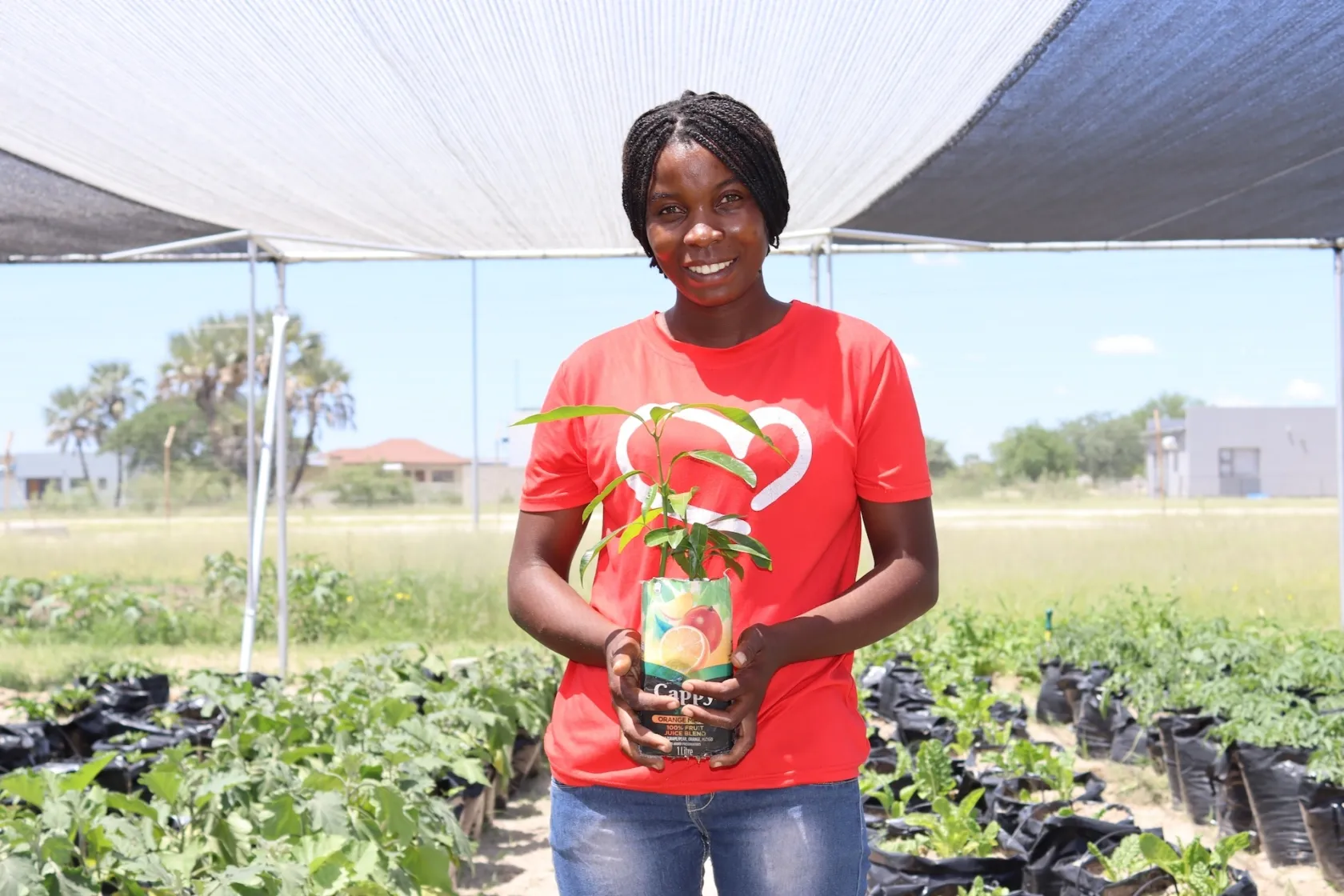
The COVID-19 pandemic and its ongoing impacts have undermined efforts to end poverty. In 2020, extreme poverty rose for the first time in decades, reversing three years of progress — and low-income countries have yet to return to pre-pandemic levels.
The projection: The world is not on track to achieve SDG 1. If current trends continue, 590 million people — many of them in sub-Saharan Africa — will still be living in extreme poverty by 2030.
There is a strong link between income and health. Financial security is a key part of the foundation for a healthy future: Without a steady income, families can’t pay for health services or buy essential medicines. At Project HOPE, we work in the world’s most marginalized communities to connect people with the information, training, and support they need to earn a better living and take care of their health, no matter what comes.
Sustainable Development Goal 3
Ensure healthy lives and promote well-being for all at all ages
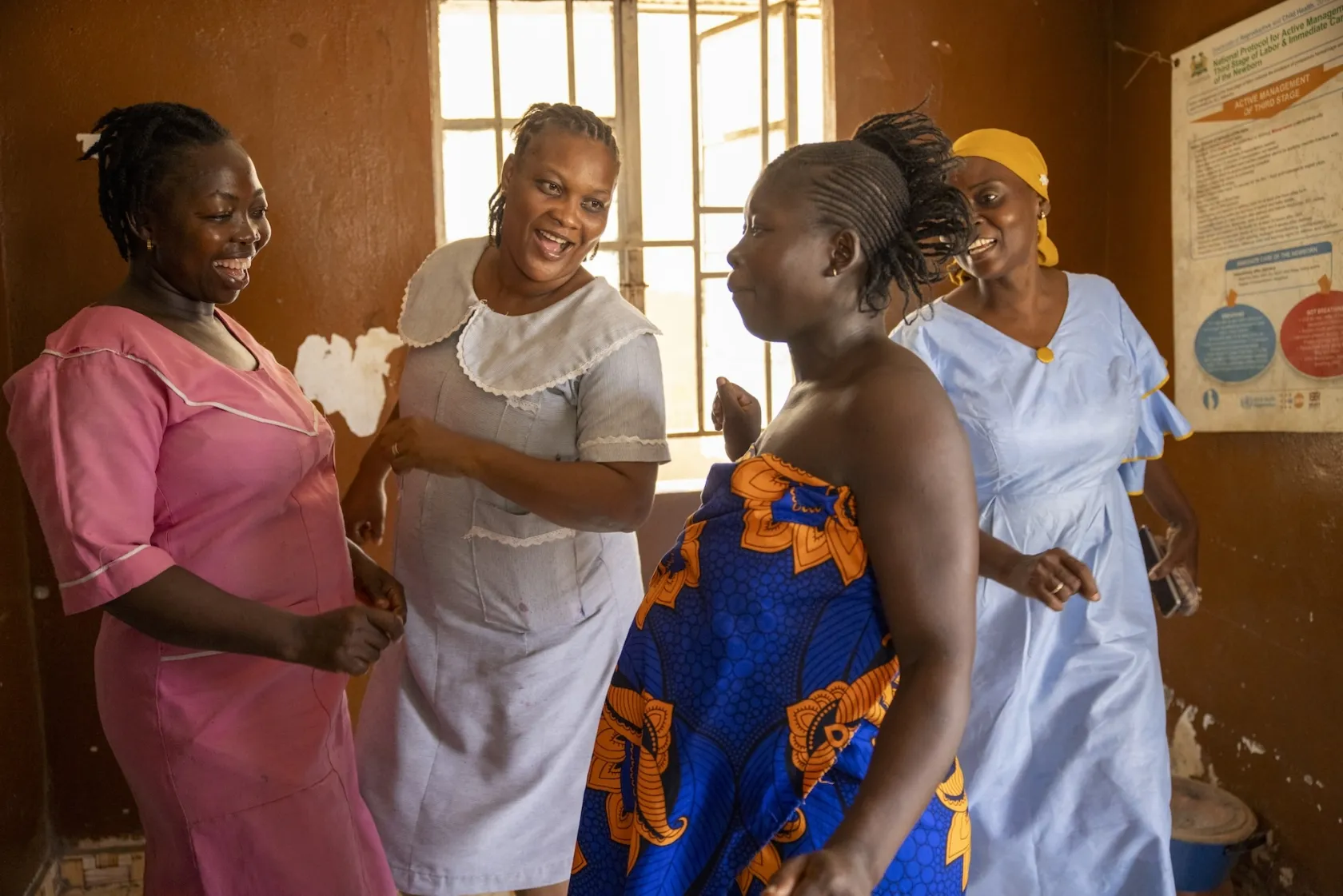
The world has made incredible strides toward ensuring health and well-being for millions of people and communities around the world. But progress has halted and slowed. The pandemic undid nearly 10 years in life expectancy. The maternal mortality ratio is stuck at a rate three times higher than the SDG target, and 35 million children won’t make it to their fifth birthday by 2030 if we don’t start making accelerated gains.
The projection: At the current pace, the world will not achieve SDG 3. Despite the gains, there is still a long way to go to meet the targets, which include ending the epidemics of HIV, TB, and malaria, and strengthening the health workforce in developing countries. This goal also includes promoting mental health and well-being — an especially critical job in the aftermath of COVID-19.
Project HOPE is on the front lines of the world’s greatest health challenges, protecting maternal and neonatal health and combatting infectious diseases like HIV and TB. To address the toll of COVID-19 on mental health, Project HOPE is also implementing mental health and resiliency trainings for frontline health workers. Held both in-person and online, the trainings have given more than 100,000 health care workers in 41 countries the tools they need to protect their own mental health.
Sustainable Development Goal 6
Ensure availability and sustainable management of water and sanitation for all
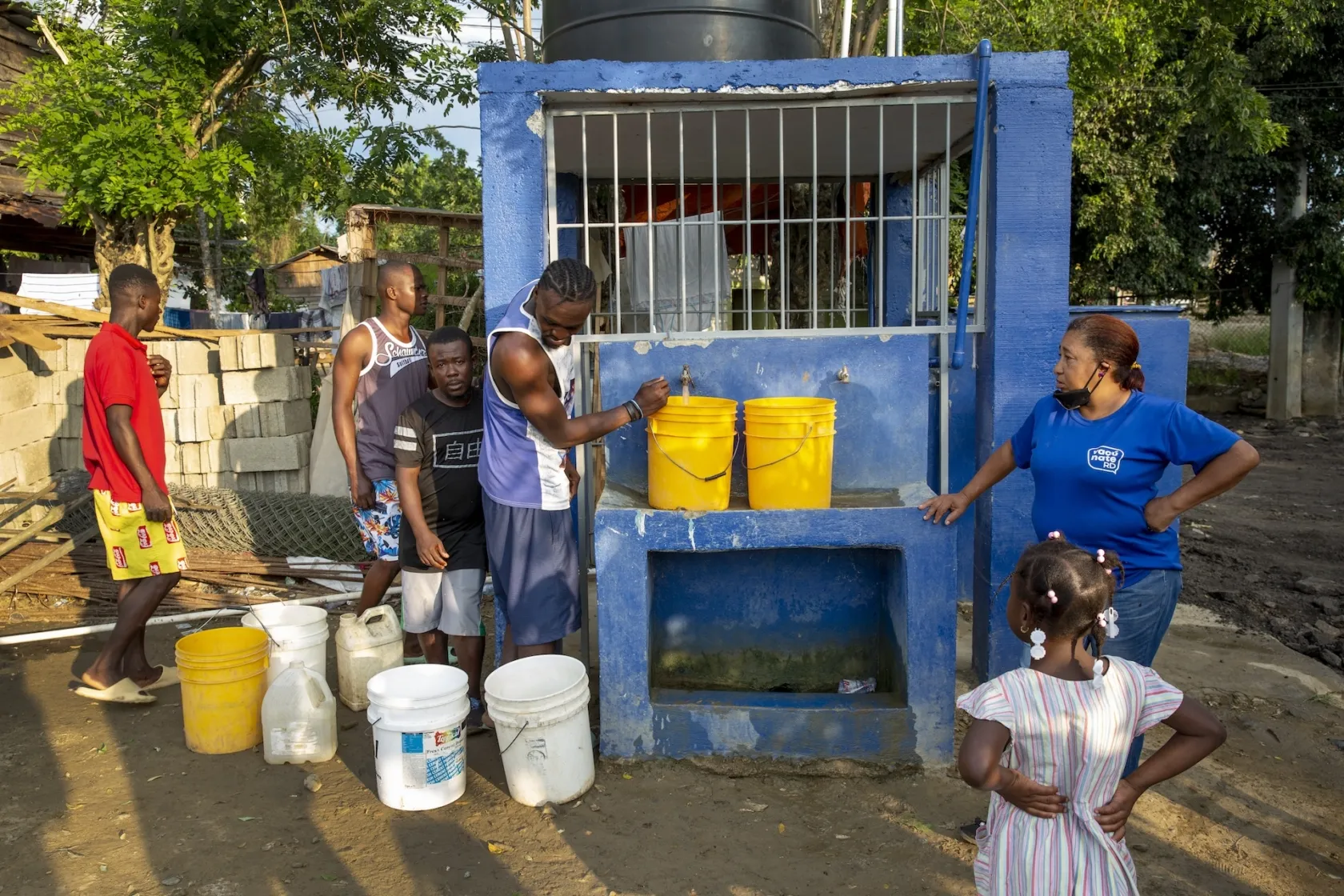
Access to clean water and good hygiene is essential for good health. Yet, despite some improvements, safe drinking water, sanitation, and hygiene is still out of reach for billions of people around the world. The demand for water is rising, and as climate change intensifies, water scarcity will increase.
The costs are already detrimental: Every year, millions of people die from diseases associated with unsafe water and poor hygiene. Children pay the heaviest price; every day, more than 1,000 children under 5 die from diarrheal diseases linked to poor hygiene.
The projection: We need to quadruple the current speed of progress to achieve universal access to safe water and sanitation by 2030. If we don’t, 2 billion people will still live without safe drinking water, 3 billion won’t have access to sanitation, and 1.4 billion will still be without basic hygiene.
Around the world, Project HOPE is reaching high-risk populations with access to water and hygiene services, in times of peace and in times of crisis. Last year, Project HOPE worked to secure access to clean water and sanitation in places like Haiti, Türkiye, and Ukraine, while monitoring and tempering the heightened risk of water-borne diseases.
Sustainable Development Goal 10
Reduce inequality within and among countries
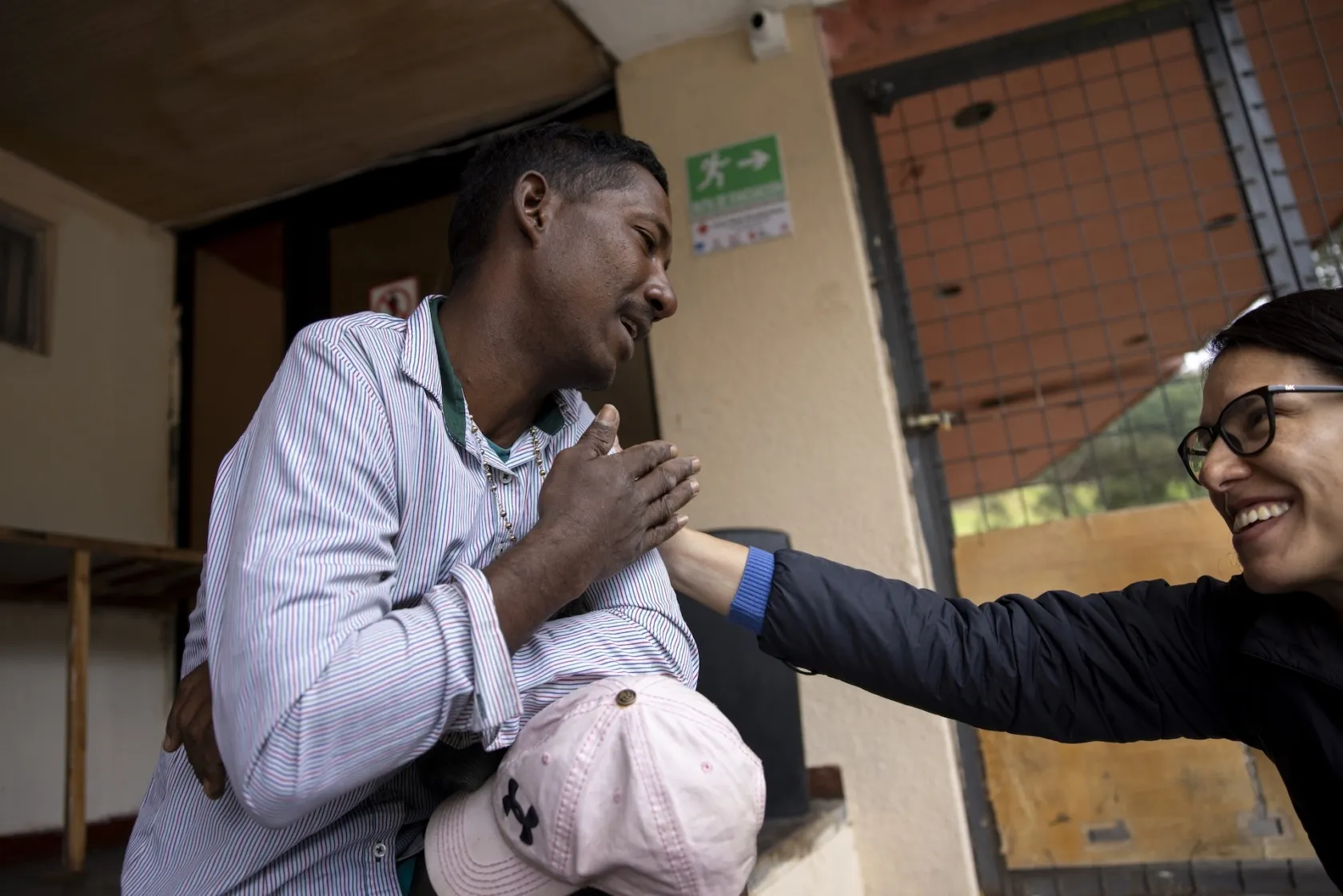
Around the world, there are large disparities in access to health, education, and other basic human rights.
The pandemic triggered the largest increase in inequality among countries in three decades. Every day, thousands of women and children die from preventable diseases such as measles and TB and in childbirth. Almost all maternal deaths occur in developing countries. The number of refugees worldwide is at a record high, and more people died on migration routes in 2023 than ever before.
The projection: While the gaps have narrowed in some areas, there is still a ways to go to reduce inequalities within and among countries, and COVID-19 only worsened existing gaps for women and girls.
At Project HOPE, we believe everyone deserves hope — no matter where they live or who they are. That’s why we are focused on improving access to quality care for populations at risk of falling through the gaps, whether it’s new mothers and babies in Sierra Leone, Indonesia, and the Dominican Republic; children with diabetes living in climate-vulnerable places like Puerto Rico; or displaced families traveling from Venezuela or Ukraine. We are committed to building a world where no one is at risk of dying from preventable causes — a world where everyone has access to the care they need to survive and lead a full and healthy life.
Sustainable Development Goal 13
Take urgent action to combat climate change and its impacts
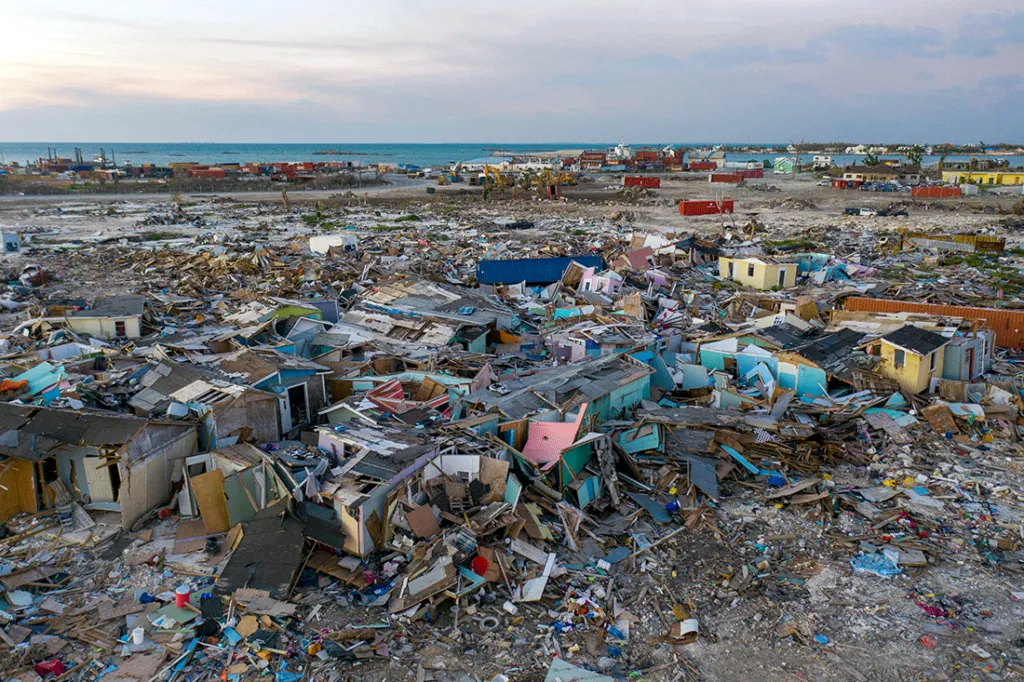
The climate emergency is no longer a hypothetical — it’s here. Year after year, we’re experiencing record-breaking temperatures, more unpredictable rainy seasons, and increasingly extreme weather. Climate change threatens our food production and the very air we breathe. It jeopardizes our water supply. It leads to conflict and displacement over precious natural resources.
And those who are the least responsible are forced to bear the weight.
The projection: SDG 13 calls for urgent action to tackle climate change and its impacts. To keep warming to 1.5°C, emissions must already be decreasing and need to be cut by 42% by 2030, but we are far off track. Climate actions up to this point have been insufficient and efforts must be “far more ambitious” in order to mitigate the risks and help communities adapt to the changes on the horizon.
Project HOPE remains committed to the fight. We have joined more than 80 other NGOs in signing InterAction’s NGO Climate Compact, pledging concerted, unified, and urgent action. Around the world, we work to strengthen the capacity of health workers and local health systems to withstand the impacts of climate change. We also stand ready to respond and provide immediate relief to communities experiencing climate-induced health emergencies.

